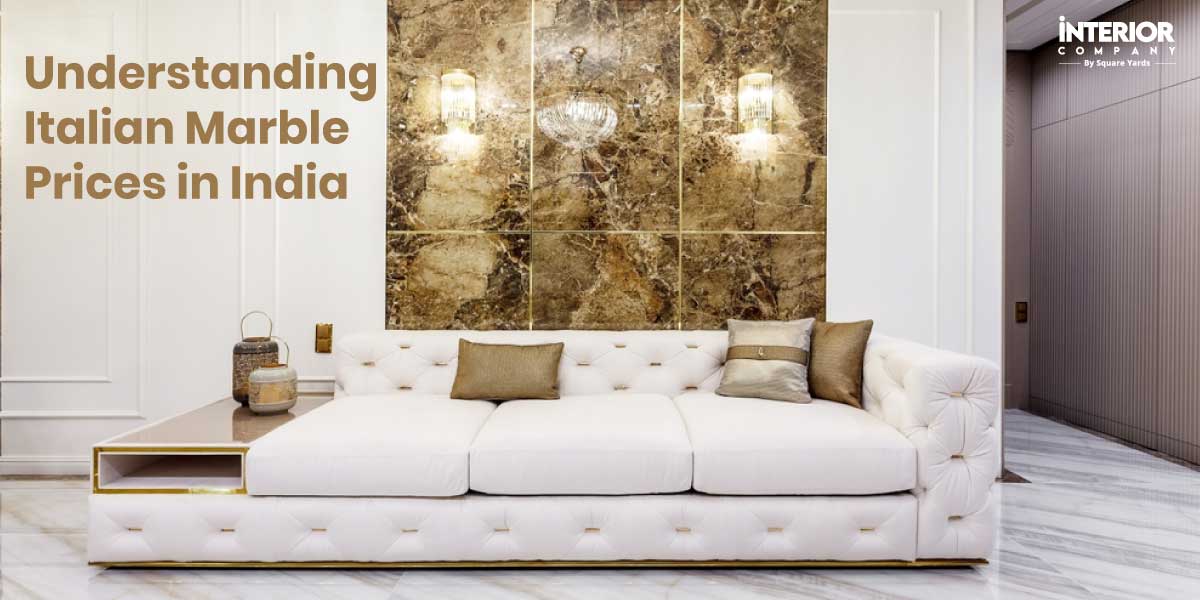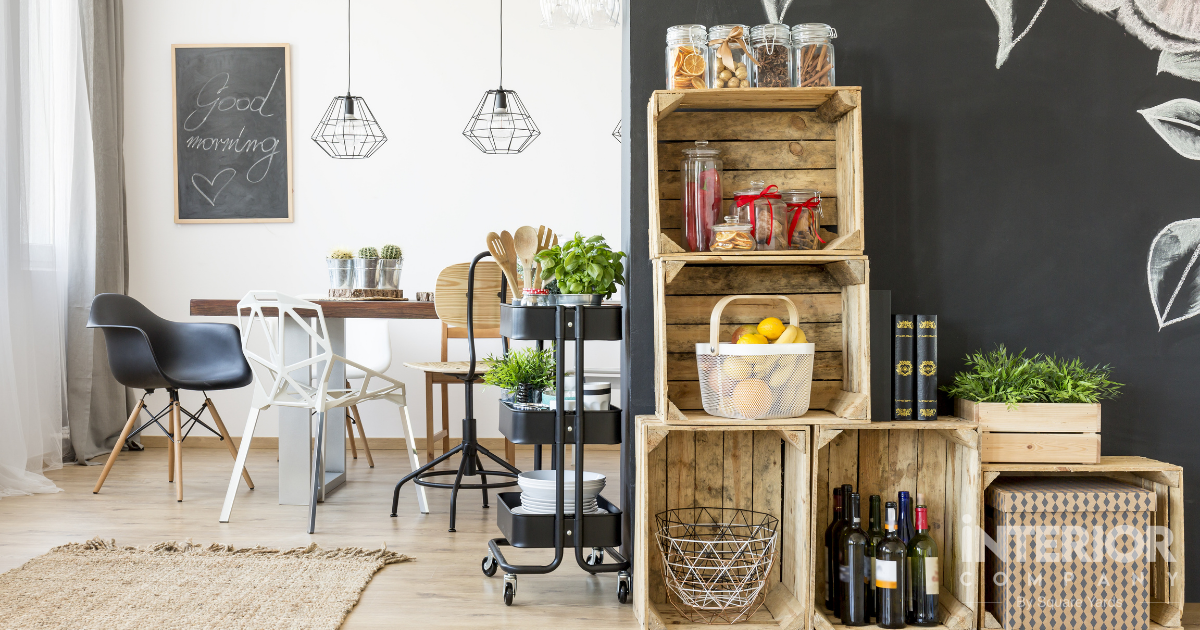- Home
- Trends
- Furniture And Decor
- Paint And Color
- Tips On Choosing Exterior Home Paint Colours
Selecting the Perfect Outdoor Paint for Your Project: A Comprehensive Guide
When contemplating home renovations, the mind often leaps to a comprehensive remodel tailored to specific needs and constraints. Applying new exterior paint can transform and enhance a home’s appearance and, in many instances, its market value. This approach is the most economical strategy to boost a property’s appeal without incurring significant expenses. Furthermore, a fresh layer of paint on the exterior shields against external elements, such as preventing wear and tear, chipping, and colour loss, thereby ensuring longevity and visual appeal.
Table of Content
How to Prep and Maintain Outdoor Surfaces
When starting an outside building painting object, it’s important to prep all the surfaces before applying a single brush stroke. Whether it's an expansive wooden deck or the intricate metal furniture gracing your garden, a well-prepped surface eases the application and the longevity of your finish. Follow the expert tips to prime your outdoor surfaces for durability and excellence.
Work in the Right Climate

Timing is everything when it comes to exterior home painting. The right climate conditions can make all the difference between a paint job that sustains and another that fails prematurely. Ideal painting conditions are typically dry and mild. Extreme warm temperatures can cause the paint to dry too quickly, causing lap marks and uneven application. Meanwhile, too-cold temperatures of more than 50 degrees can prevent the paint from setting correctly. Planning your painting procedure around these ideal conditions will ensure that your paint promises the longest possible lifespan.
Surface Preparation
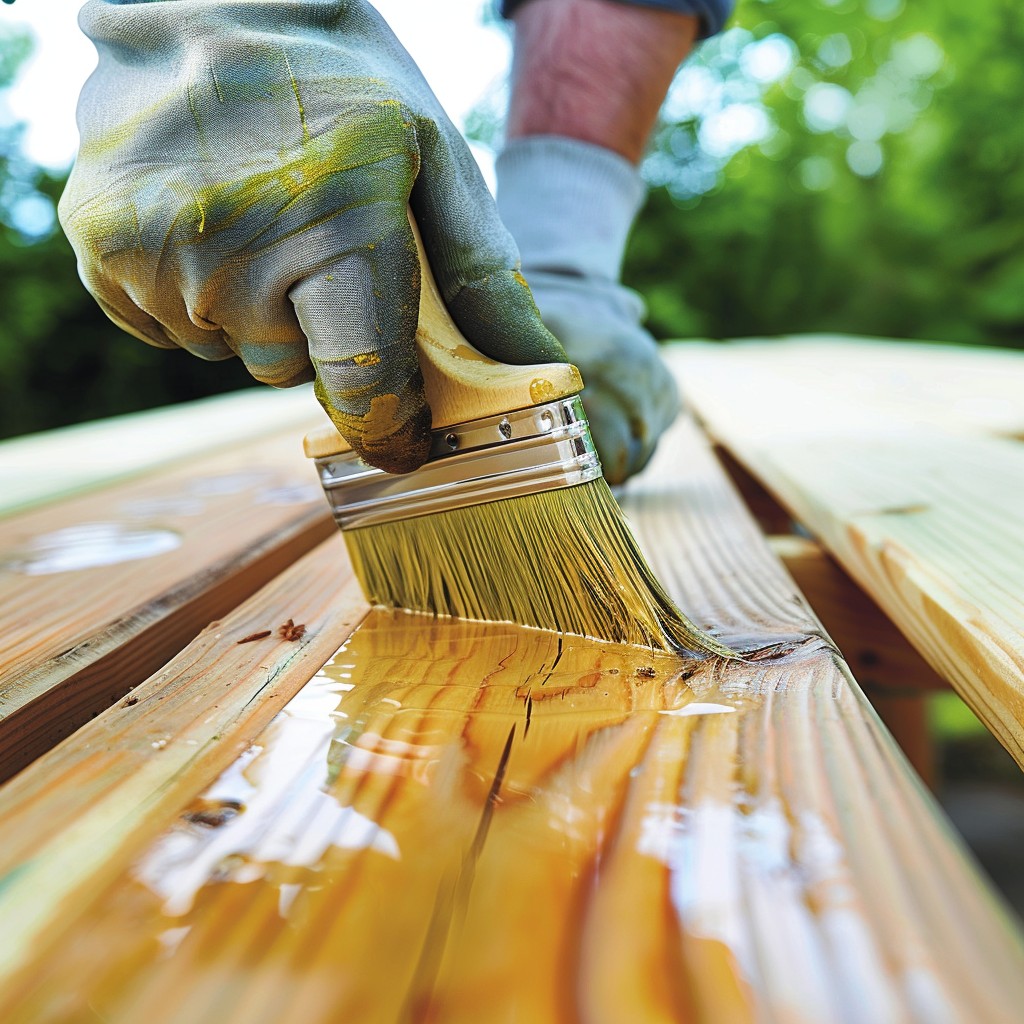
Preparation is the key to a successful home outer painting project. Before you apply the paint, thoroughly inspect and prepare the surface. Start by removing the dirt, grime, and other contaminants that can prevent paint from setting correctly. Repair any cracks, holes, or imperfections on the surface, then apply sanding to smooth out rough areas and prime the materials as needed.
Role of Primer in Paint Projects
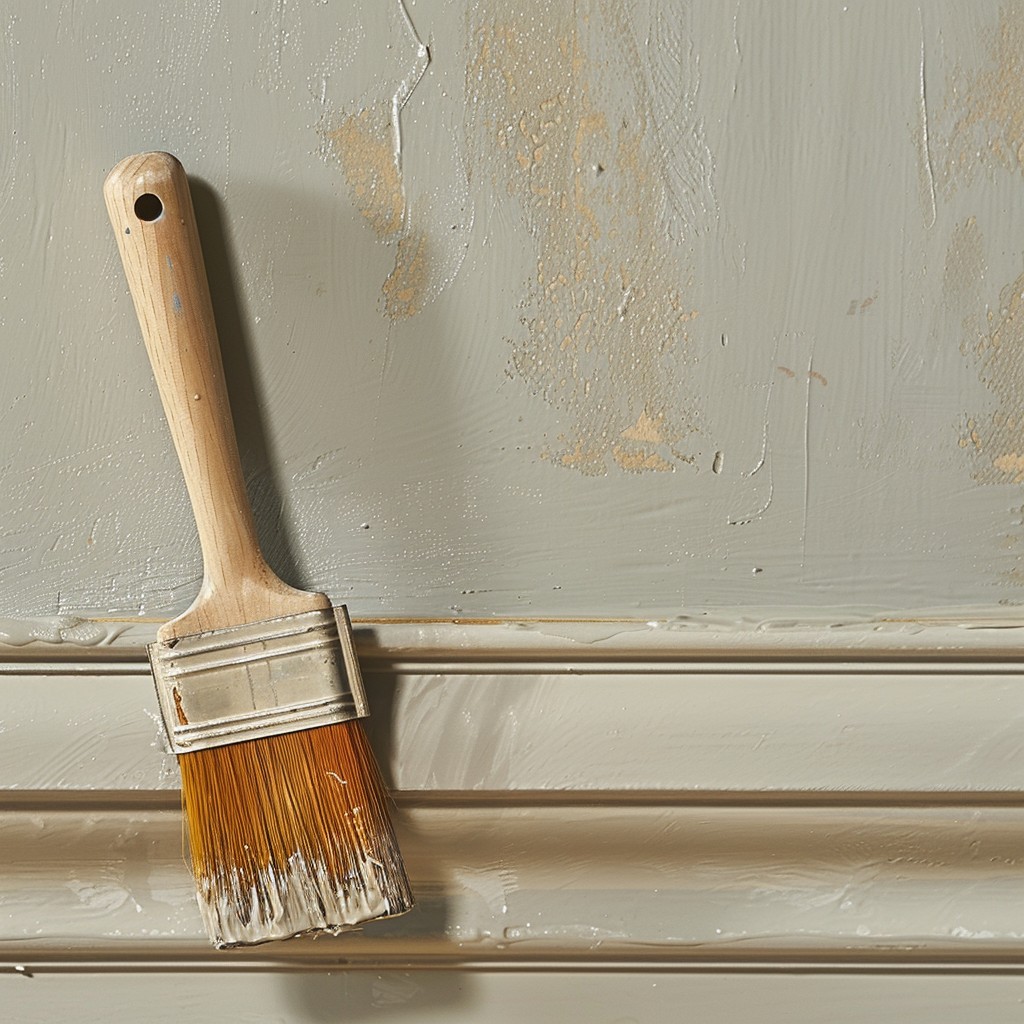
Primer is the base coat that helps with paint adhesion and longevity. Additionally, it provides a uniform surface for the paint to lend a more professional finish. If you choose a darker colour, primer can reduce the coats needed to achieve the desired hue. Additionally, some primers have properties that can protect against mould, mildew, and moisture, further extending the life of your outer paint design.
Clean and Maintenance Routine
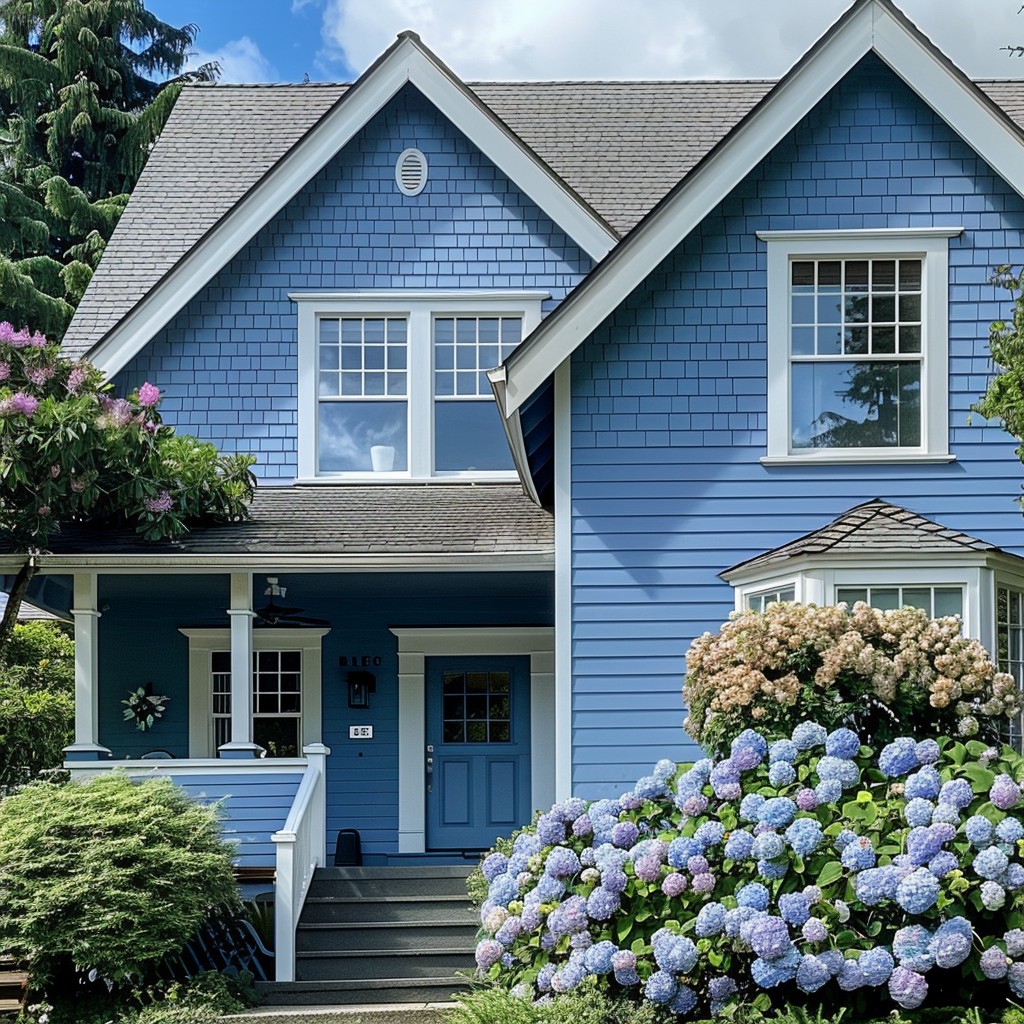
Maintenance is equally important during the initial application. Regularly inspect your painted surfaces to see signs of dirt, peeling, mildew growth, and rainwater to refresh the exterior painting. Repaint about once every five years to keep the exterior’s beauty intact.
How to Choose the Right Outdoor Paint for Your Project
Revitalise your Deck or Patio
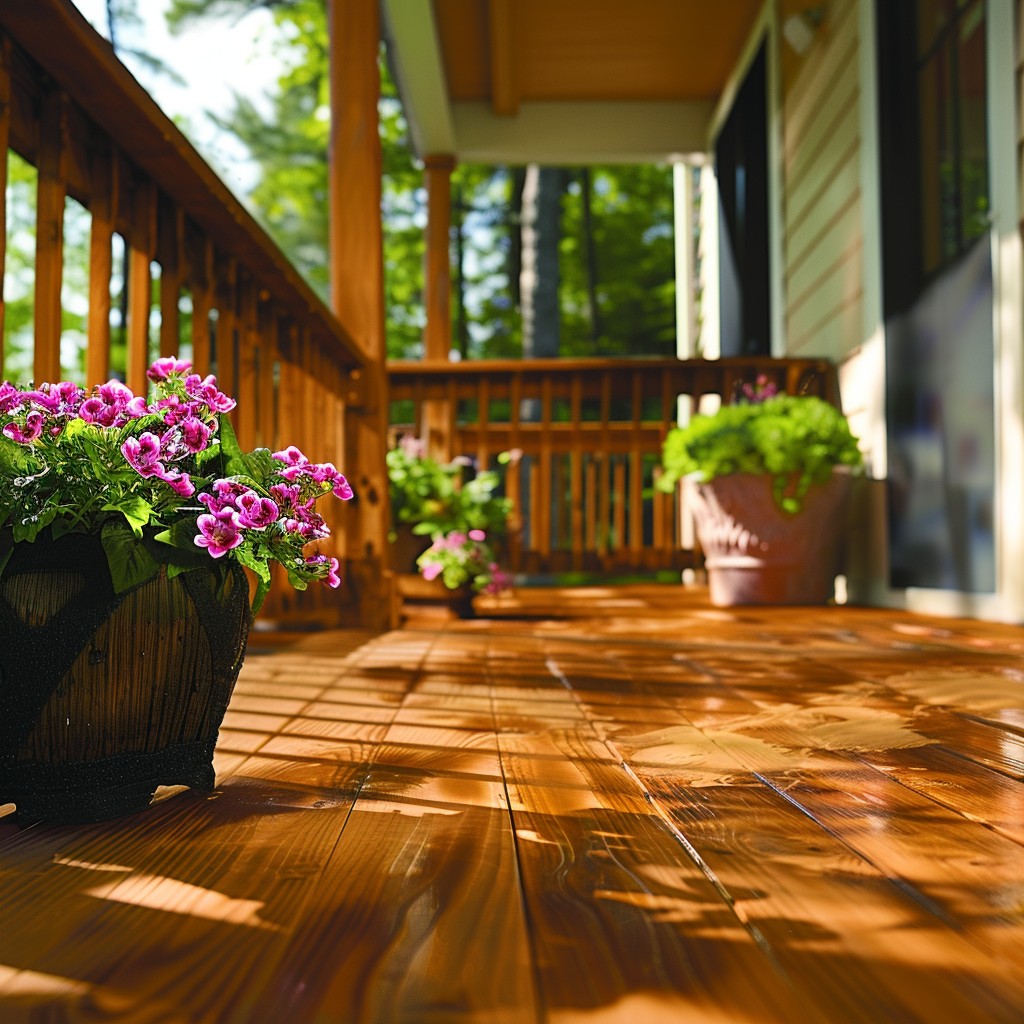
If you want to refresh your decks and patios with a coat of paint, choose acrylic latex paint for UV protection and waterproofing. This type of paint features a higher resin content and can withstand the rigours of outdoor use, enhancing the safety and durability of the home.
Elevating Your Front Door

Since it's a focal point of your home's exterior and will get daily use, experts advise using premium quality paint with a high-gloss finish. It offers excellent flexibility, withstands nicks, highlights architectural details and makes the door stand out. When selecting a colour for the door painting procedure, consider its material and the overall scheme of your home to accentuate the curb appeal.
Protecting Your Pool
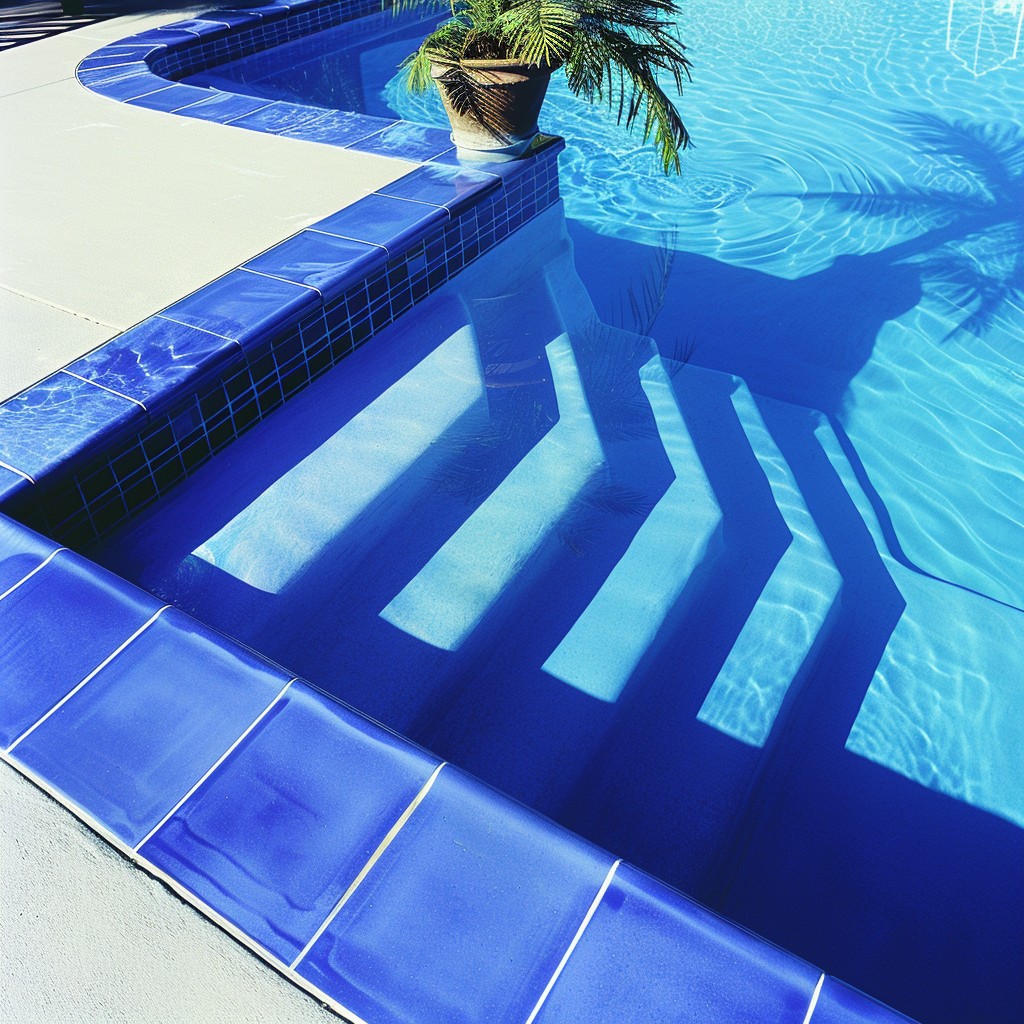
Did your pool paint suffer from the constant water exposure and chemicals? Choose epoxy granite or polymerised cement-based paints for pool interiors, offering robust waterproofing and abrasion resistance. Epoxy paint is incredibly durable, making it suitable for concrete and plaster pools, while acrylic paint is best for quick makeovers. Prep the surface before painting and select a shade reflecting light to keep the water inviting.
Revamp Outdoor Furniture
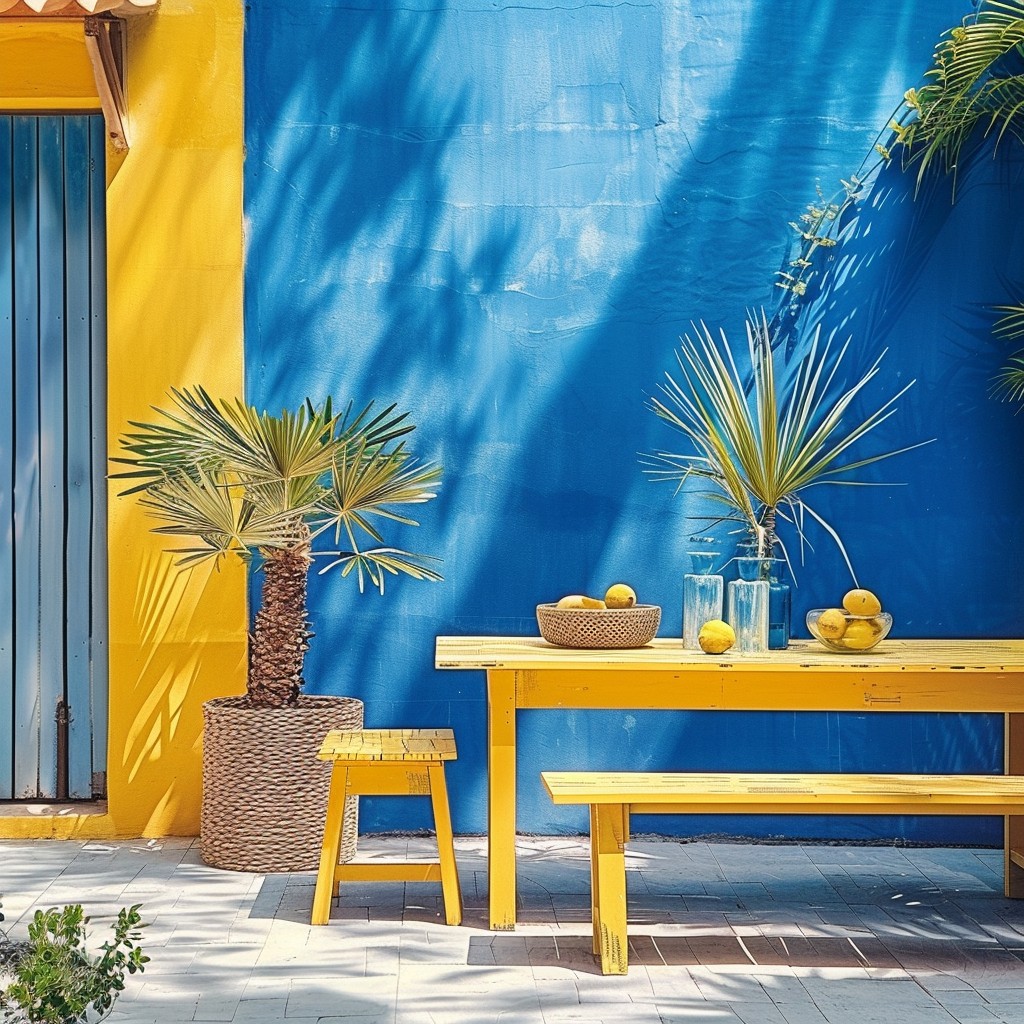
Versatility is key for outdoor furniture because building around outer colours depends on the material. Latex or oil-based exterior paint will provide protection, colour retention and smooth coverage for wooden and wicker furniture. If it's metal furniture, choose rust-inhibiting spray paint that prevents corrosion and offers a wide range of colours and finishes. For plastic furniture, use spray paint to boost sturdiness.
Painting Planters
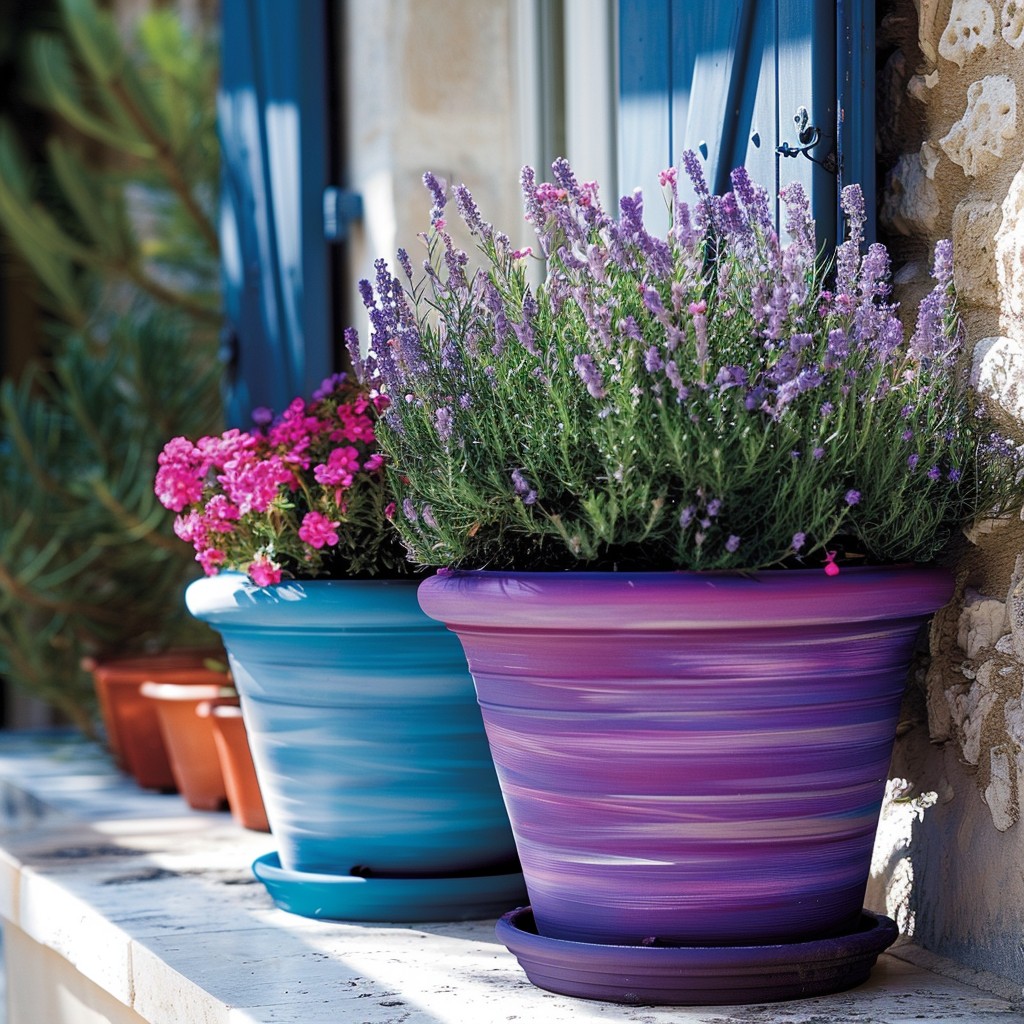
This exterior painting technique offers a unique opportunity to inject colour and personality into your outdoor space. For ceramic or terra cotta planters, acrylic latex spray paints and a waterproof sealant are good options, adding longevity and brightness. For a more intricate design on the planters, opt for acrylic latex paint and a brush that can create visual interest and amplify the aesthetics of your garden or patio.
Tips to Select the Exterior Paint Colors for Your Home

Find your Colour Palette
Unlike the interiors, an exterior is never a blank slate. You must consider unchanged elements, like roofing, windows, stonework or surrounding landscape. From there, select colours that harmonise with these elements. Use colour swatches or a digital tool to visualise how different shades will complement the existing features of your home.
The Harmony of Three
In outer painting, colour schemes follow the rule of threes to bring out the aesthetic appeal. Pick a dominant shade for the siding, and add two more accent colours for doors, railings and shutters, lending an attractive look to your home. This 'rule of threes' creates interest and depth, magnifying the curb appeal.
Crafting Perfect Pairings
Choose colour pairings that suit each other on the colour wheel or contrast beautifully. Consider the style and size of your home before choosing colours that don’t overwhelm the look. Whether it’s a modern home or a traditional facade, opt for hues that blend with the architectural style of your space while resonating with your personality.
Honour the Architectural Integrity
Every architectural style has a colour scheme that matches its character, from traditional homes' natural, earthy tones to the minimalist hues of contemporary houses or the statement colours of modern condos. Research and look up the style of your home and opt for shades that highlight the property's unique details.
Blend with the Environment
Factor in your home surroundings, climate and landscaping to create a cohesive scheme. Choose light colours that reflect natural beauty in places with tons of bright light. Homes in natural, wooded areas benefit from deeper hues like greens, browns, and tans, while beachy areas prefer playful, bright tones. Consider the colour of your landscape and choose a palette that creates a harmonious connection between your home and its environment.
Cruise your Neighbourhood
Take a walk or a drive around your neighbourhood to find inspiration and determine the initial direction. While you'll want your home to stand out, consider the surrounding aesthetic to create a harmonious vibe. A neutral scheme in a vibrant neighbourhood looks out of the zone, or a bright colour may look jarring in a neutral colour community.
Be Clear on Your Aesthetic Objectives
Understand what you want to achieve with your home's exterior. Are you looking to increase curb appeal for the future sale of your home, or do you desire a look that resonates with your taste? Your goals should influence your colour choices, from timeless and neutral appeal to bold and attractive hues.
Keep it Simple and Elegant.
If it gets confusing with a wide array of colours, choose a simple palette with three colours max that often results in a more cohesive and elegant look. A base colour, a trim colour and an accent shade with undertones can lend a clean and sophisticated appearance.
Adding Accent Colours
Use accent colours to accentuate the architectural details that get highlighted and appreciated, bringing charm and personality to your home. Apply a different hue on doors, shutters, and other small details to inject vibrancy and draw attention to your home's best features. A striking colour on the front door amps up the home's appeal.
Get Sample Testing
Before finalising the desired colour, get samples, put them on different parts of the home’s exterior, and observe them at other times of the day to see how they adapt. This step will allow you to choose the significant shade or tone that will complement the theme and style of your house.
Painting Up!
Any outdoor painting project has its set of requirements and considerations. Consider the climatic conditions, surface preparation, and sample testing before selecting a colour scheme that protects against the elements and wear and tear. The right colour scheme perceives the value and graces the home with beauty and functionality.
For more expertise on colour choices and home makeover ideas, connect with our experts at Interior Company.
*Images used are for illustration purposes only. Interior Company does not hold any copyright to the images unless mentioned explicitly.
Ready for a home transformation?
Let our designers assist you!
Recent Posts
Off-white, white and grey are the most popular exterior house colours. Other voguish choices include light neutrals such as beige, light blue, green, and earthy, as well as natural tones like browns and terracotta for an authentic and pleasing look.
Apply the rule of three on a house exterior to keep it vibrant and cohesive. The main colour covering the outer walls of your home is the defining colour. Paint the trim and other details in complementary or contrasting hues. Then, paint doors, porch ceilings, or further architectural details with an accent shade that creates visual appeal.
Choose paints that are labelled as “waterproof” or “water-resistant.” These paints protect against humidity and moisture, preventing water damage and delivering longevity to your exterior walls.
Related Category
- Bathroom
- Bedroom
- Kitchen
- Living Room
- Walls and Texture








